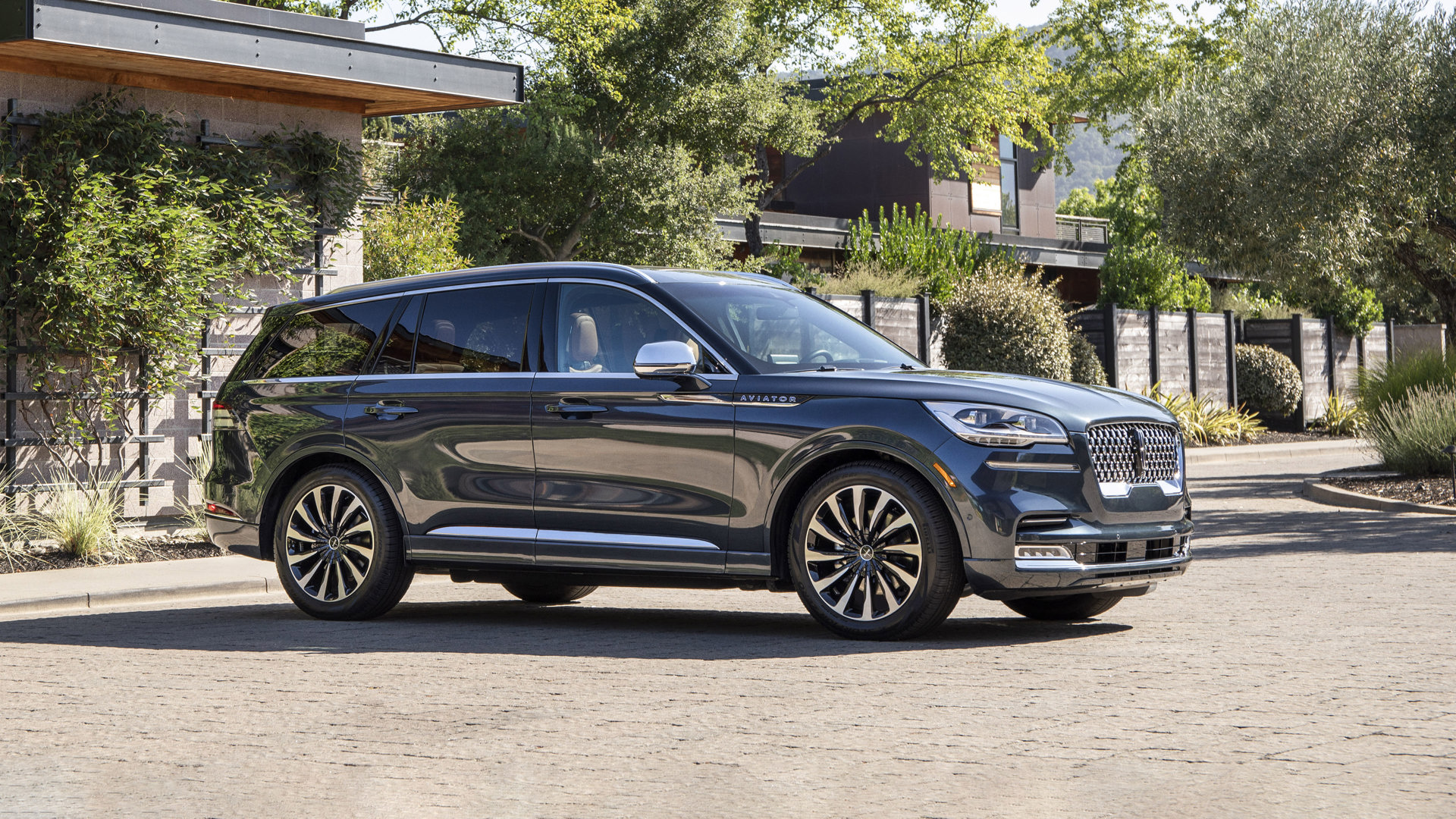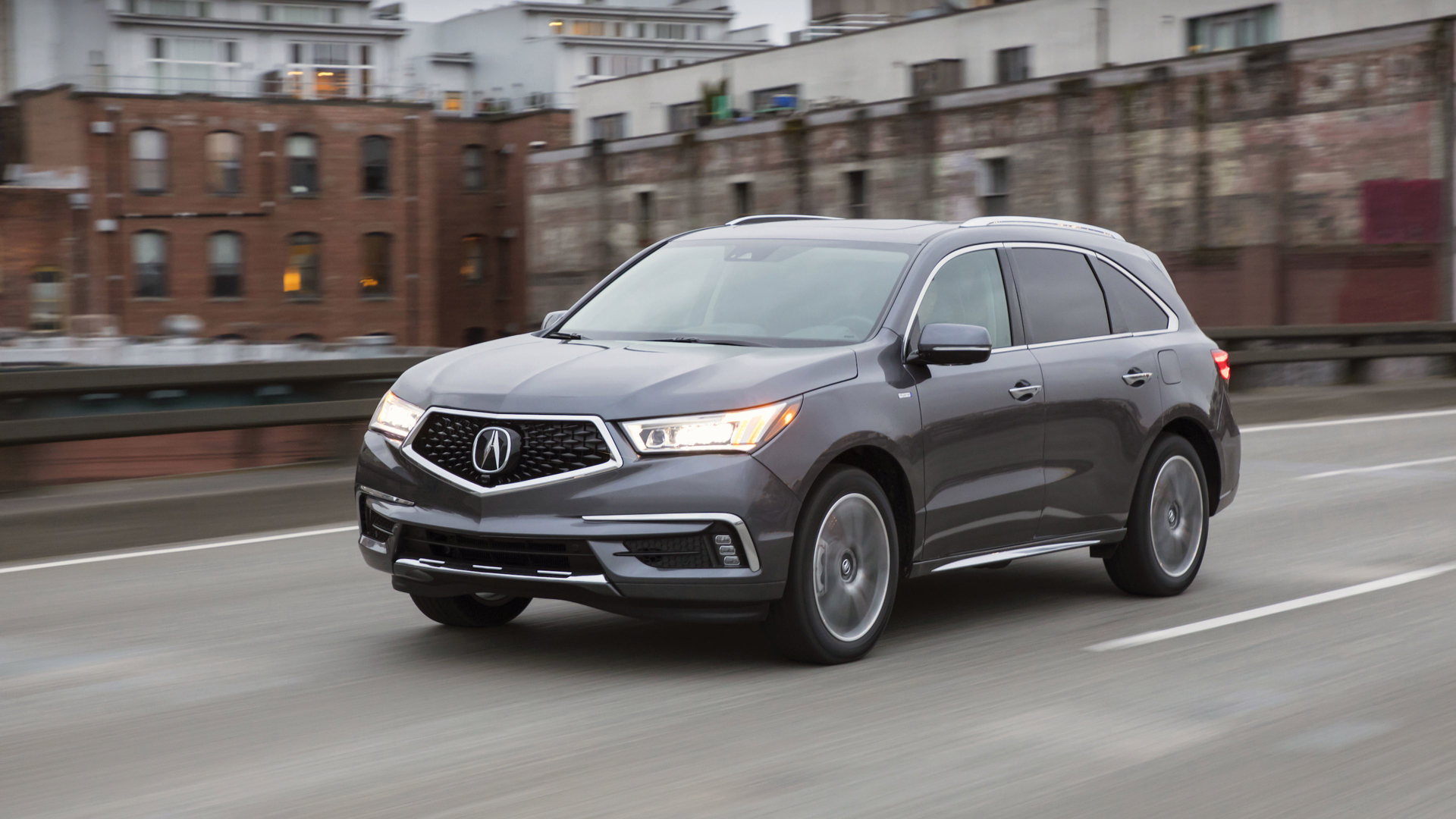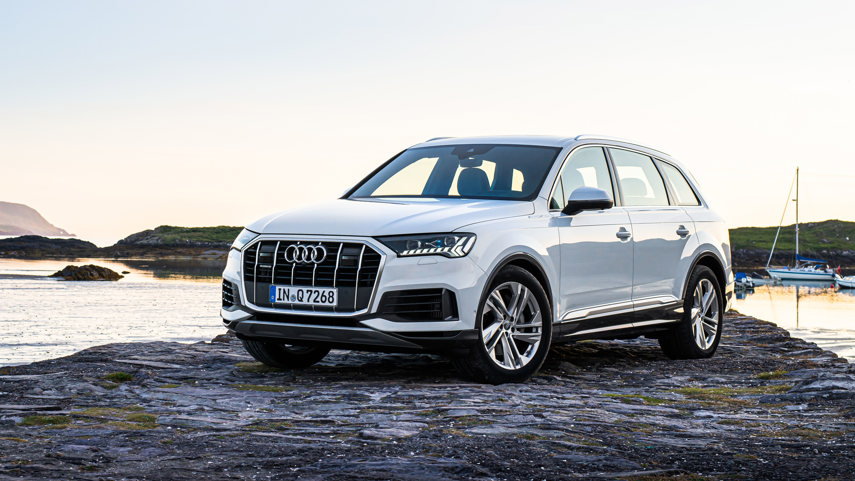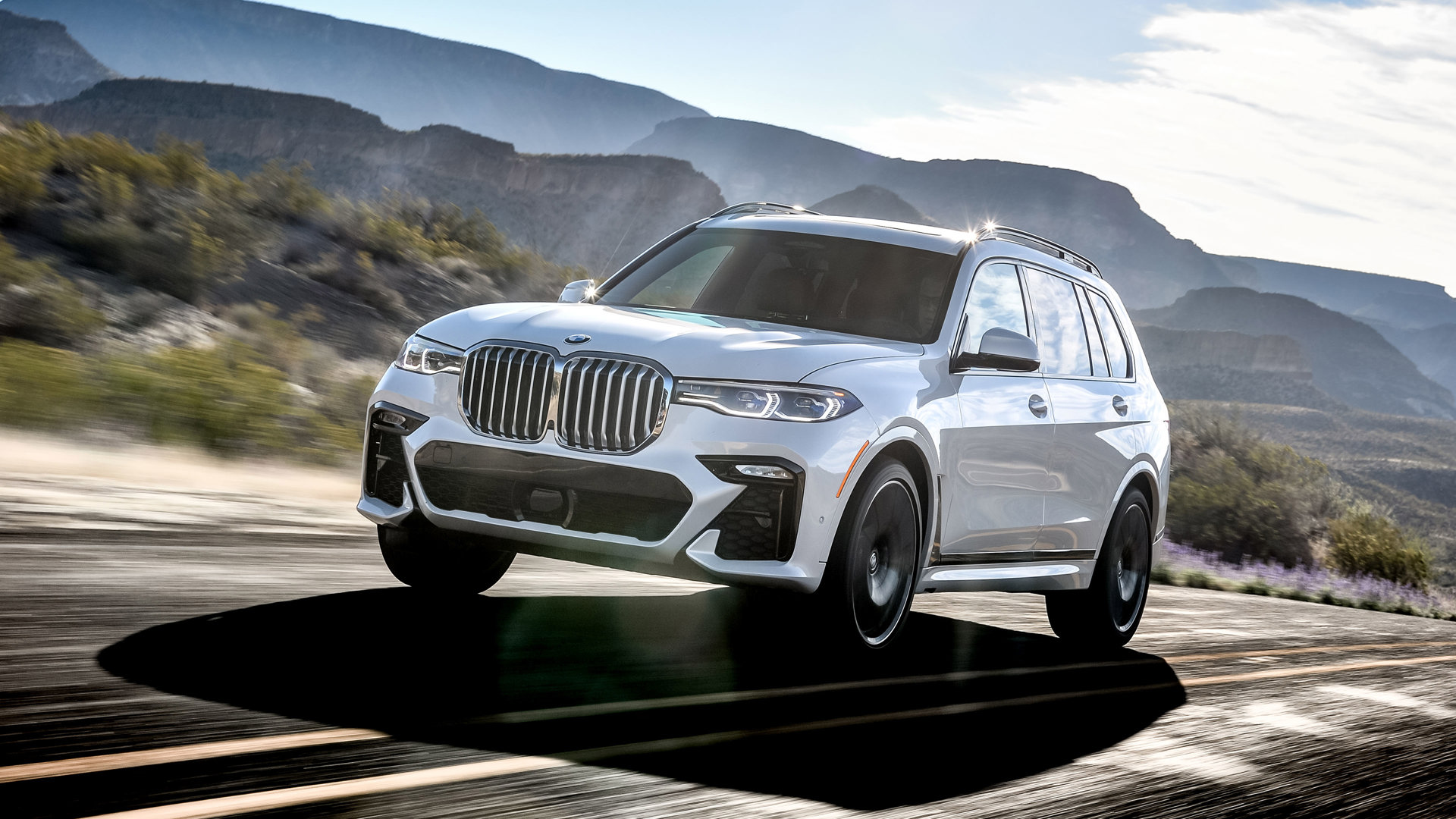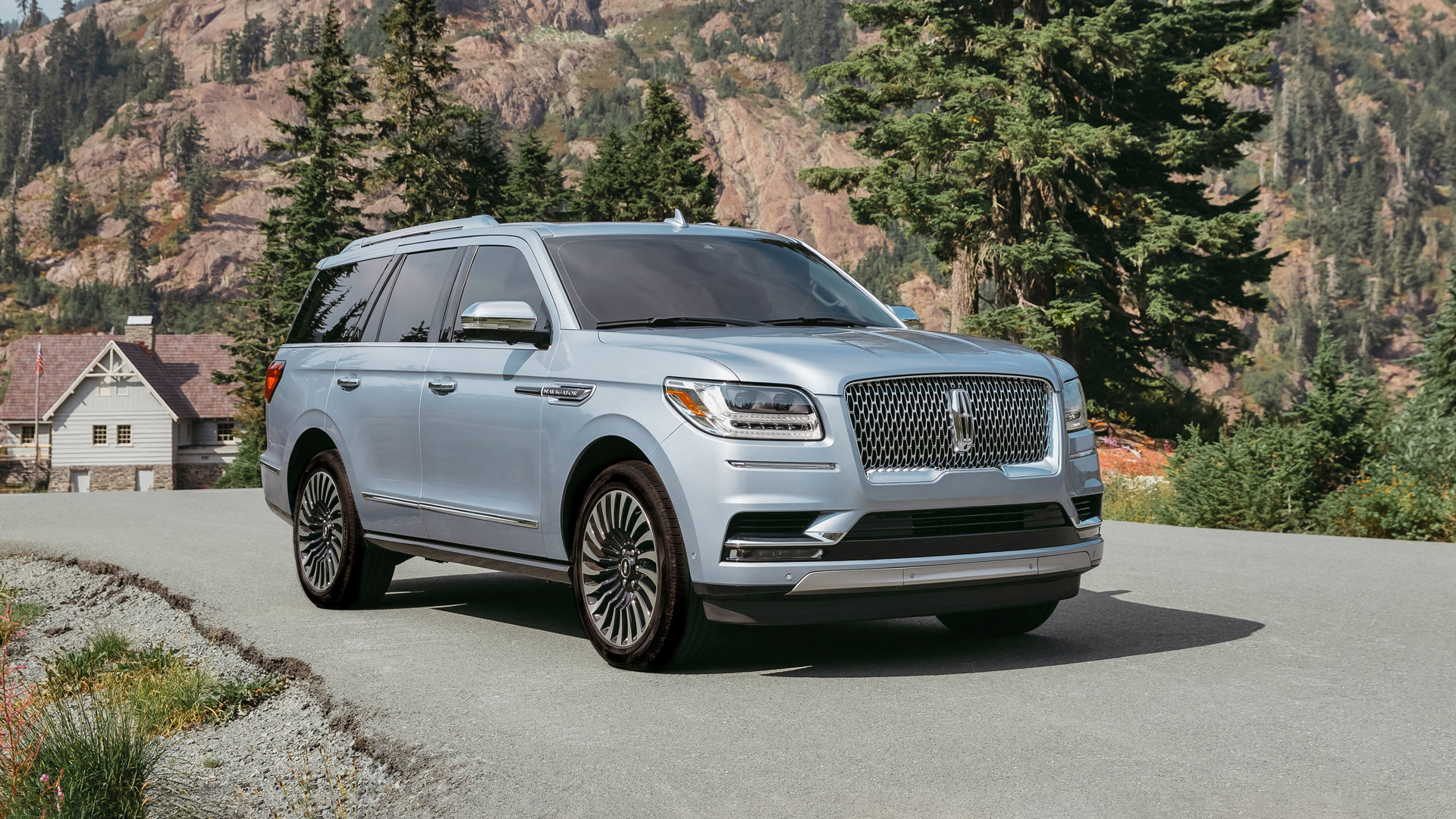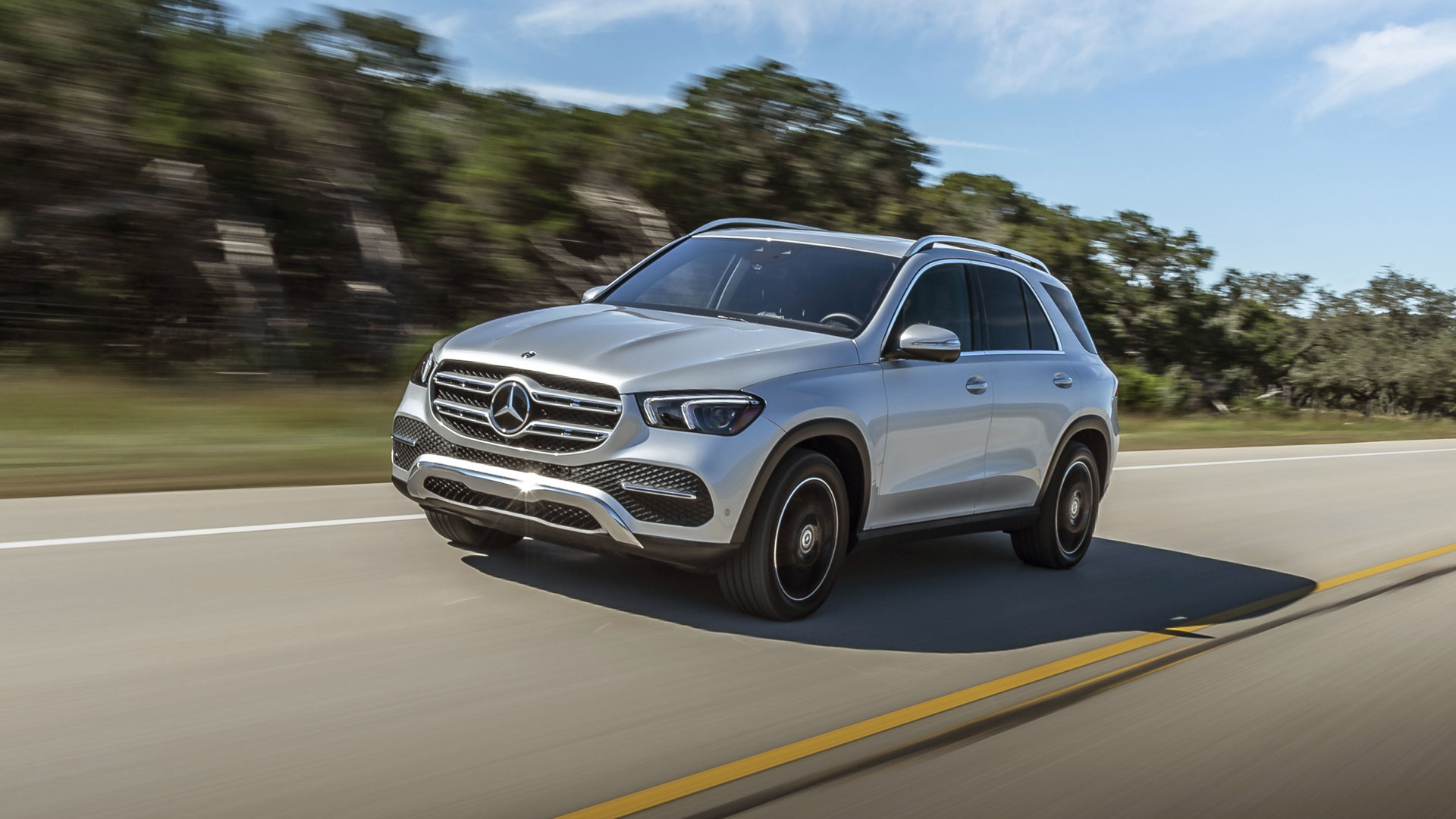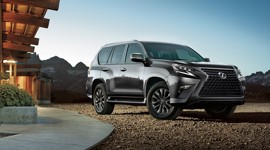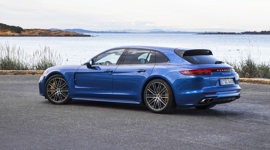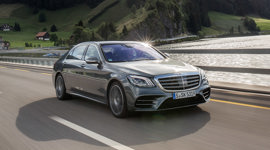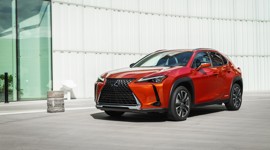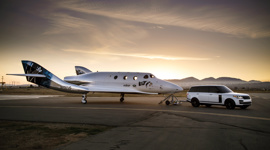Crossovers have been a massive success for automakers, and the greater the demand, the more they build. There are many reasons why buyers have migrated to crossovers from traditional sedans. Despite great forward leaps in styling, their primary feature is the boxy shape that makes them so accommodating. Their ability to carry several passengers and all their gear has made the crossover more useful to growing families than the limited trunk space of a sedan – and a lot more attractive than a minivan. A higher seating position imparts confidence to the driver by providing good visibility. Most are available with all-wheel drive, which resonates with Canadian buyers, and their sporty, go-anywhere character appeals to recreational travellers, as well as those who just want to project a more youthful image.
As with every other segment, there’s a vast range of vehicles to suit the different tastes and needs of buyers. The luxury three-row SUV now occupies the slot once filled by full-size, premium sedans. In this segment, our panel of judges will consider practicality as an important factor, but keep in mind that styling and an abundance of luxurious amenities are important to this buyer. All of our six finalists have the ability to accommodate seven passengers and each offers a high level of premium content and the best safety and connectivity technology. Some have the ability to tow large loads or venture off-road, though it’s unlikely that they will ever do either. Our team of 20 professional automotive reviewers has considered every single premium SUV and crossover on sale today that offers three rows of seating as standard and voted to advance these to the final round of voting.
After evaluating each of these finalists using 12 different criteria, a winner will be announced on Jan. 20, 2020.
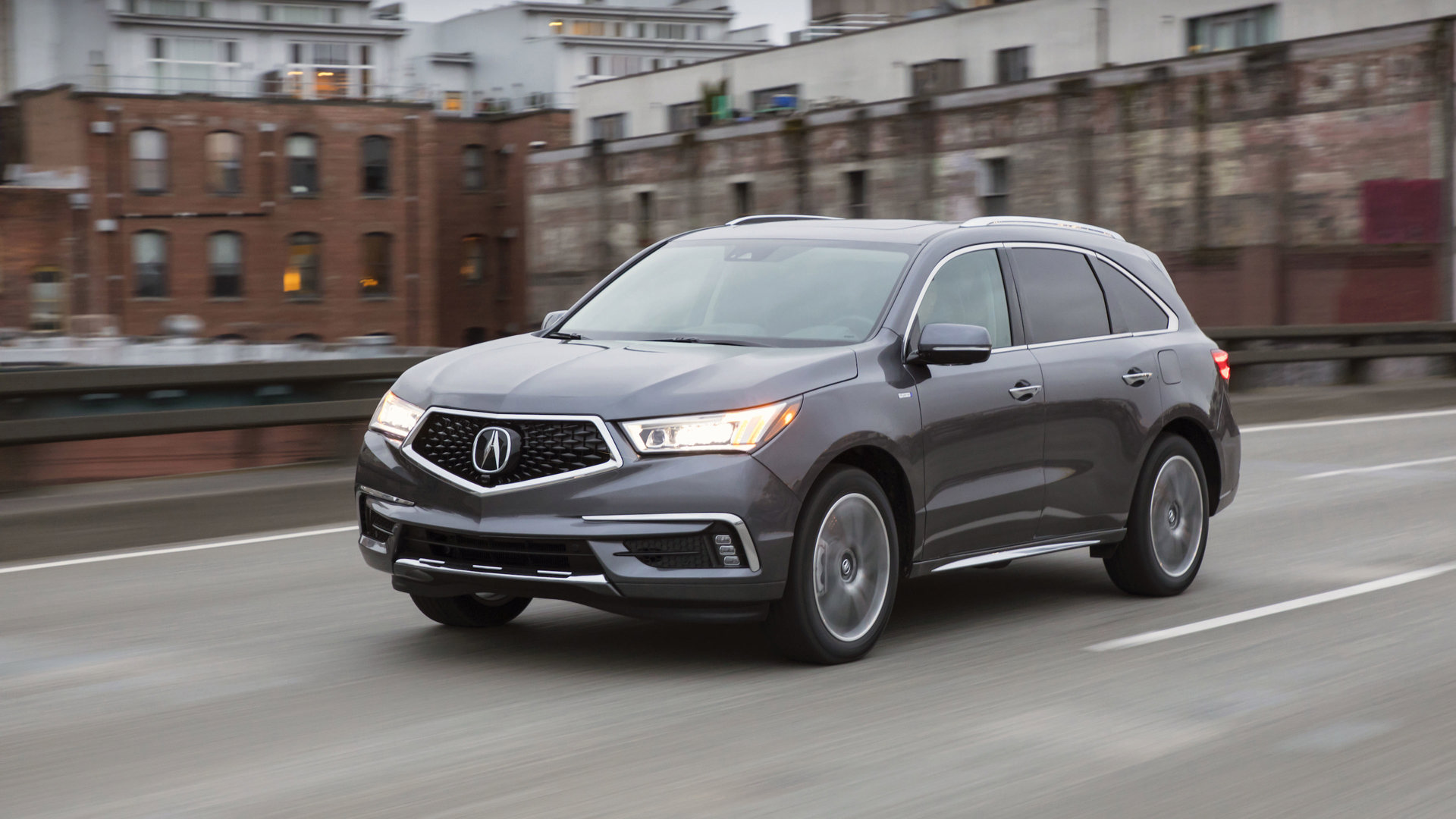
Acura MDX
The MDX may not be quite as large, as powerful, nor as overtly luxurious as some of the other vehicles on this list, but it does a great job of optimizing what it does have. The MDX is smooth and comfortable, and the responsive powertrain belies its modest output. Available in six trims, including a Sport Hybrid, the MDX offers three-row seating (although the third row is cramped) and a modern, high-tech interior. Standard is adaptive cruise control, lane departure warning with lane keeping assist, automated emergency braking, a multi-angle rear camera, power tailgate, tri-zone climate control, AppleCarPlay/Android Auto, 12-way power driver- and front passenger seats and a sliding middle row. There’s a long list of available options, including all-wheel drive, leather upholstery, wood trim, navigation, premium audio, adaptive suspension, heated and ventilated front seats, blind spot monitoring and more. The 290-hp V6 is mated to a nine-speed transmission, while buyers who want quicker performance should check out the Sport Hybrid that offers 321 hp and 289 lb ft of torque. Despite its smaller size, the MDX can tow up to 5,000 lbs – which is as much as or better than some of its competitors. Prices range from $56,596 to $70,196.
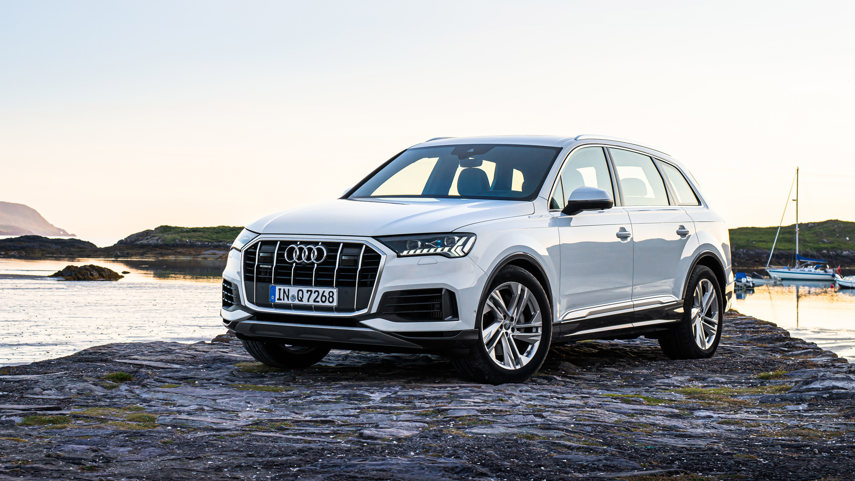
Audi Q7
The Audi Q7 will receive an extensive makeover in 2020, but the current version hits the sweet spot with a perfect balance of refinement, luxury, high tech features and dynamic driving character. It’s available in five- or seven-seat configurations and three suspension choices: steel springs, or the choice of two air suspension systems, including a sport version with adaptive damping. There are two engine choices: a turbocharged 2.0L four-cylinder (248 hp/273 lb ft), and a supercharged 3.0L V6 (329 hp/325 lb ft), both of which come standard with an eight-speed automatic transmission and Audi’s famous Quattro all-wheel-drive. Surprisingly, there isn’t a high-output version of this outsized Audi to compete with Mercedes-Benz’s AMG offerings or BMW’s M variants. Equipped with the V6, the Q7 can tow up to 7,700 lbs, while the four-cylinder can haul around a still-respectable 4,400 lbs.
The refined cabin is available with Audi’s 12.3-inch virtual cockpit, combining all the info of traditional gauges into a high-res screen behind the steering wheel, as well as a standard seven-inch or optional 8.3-inch infotainment screen. While sliding the middle row is a clumsy procedure, there are power controls for the rearmost seats.
Standard are 19-inch wheels, heated power-adjustable front seats with memory settings, a power-adjustable heated steering wheel, leather upholstery, power tailgate, sunroof, heated power-folding side mirrors, Apple CarPlay, and self-levelling Xenon headlights. Notable options include ventilated front seats, passive keyless entry, 20-inch wheels, LED headlights, and the virtual cockpit configurable digital gauge cluster. Audi Q7 prices range from $66,300 to $77,800.
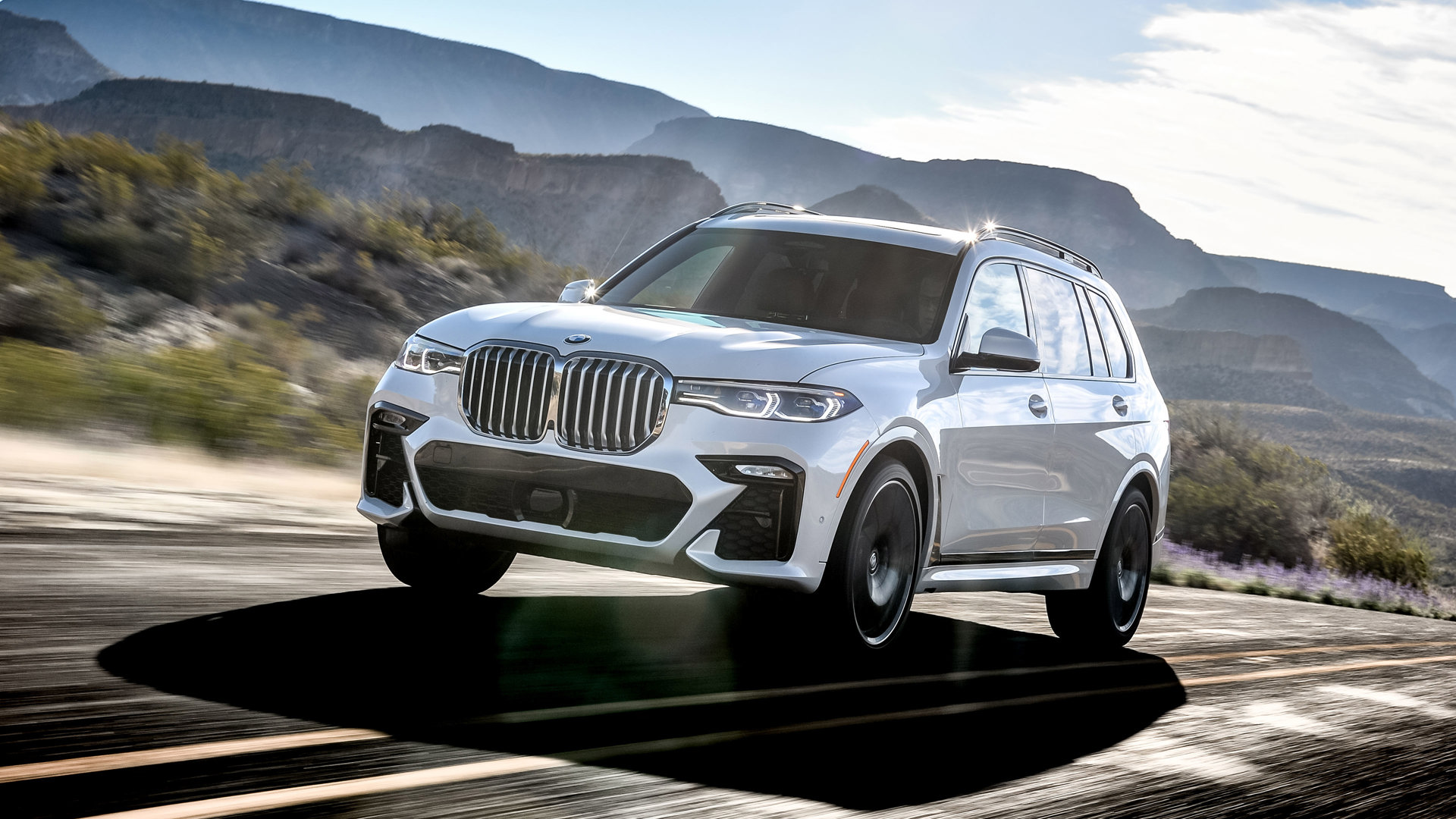
BMW X7
The X7 is BMW’s newest SUV, a giant seven-seater that’s less about practical ferrying power and more a swaggering ode to in-your-face luxury. Rather than an elegant, tapered hood, the X7 presents a blunt, squared off mug boasting BMW’s largest grille yet. Inside the luxurious cabin, you’ll find the same level of lavish coddling as the flagship 7 and 8 Series sedans. The richly appointed interior features slathering of leather, digital gauges, 12.3-inch infotainment screen with Apple CarPlay, a 10-speaker Harman Kardon audio system, integrated navigation, wireless smartphone charging, Wi-Fi hotspot, 12-colour ambient lighting and power adjustable steering wheel, to name a few. All X7s have three rows of seating, and the middle row can be configured with either a split bench or a pair of plush captain’s chairs. The front two rows offer voluminous comfort, while the third is more modest – though that’s to be expected. Both rear rows of seats are electrically adjusted and folded for ease of access. There are a variety of pricey packages that add such niceties as heated and ventilated massaging seats, a massive panoramic sunroof that spans all three rows, and a really impressive suite of driver’s safety technology systems called “Driving Assistant Professional” that takes over virtually all the repetitive driving functions during stop and go traffic – provided the driver has hands on the wheel.
Engine choices are a 3.0-litre turbocharged inline six-cylinder with 335 hp and 330 lb ft of torque, or a powerful 4.4L twin-turbo V8 with 456 hp and 479 lb ft of torque. Both come with an eight-speed automatic and adjustable drive modes which change the responsiveness of the powertrain while adjusting the adaptable air suspension’s firmness. The ride height can also be lowered for cargo loading, or raised for off-roading. X7 Prices range from $93,500 to $113,550.
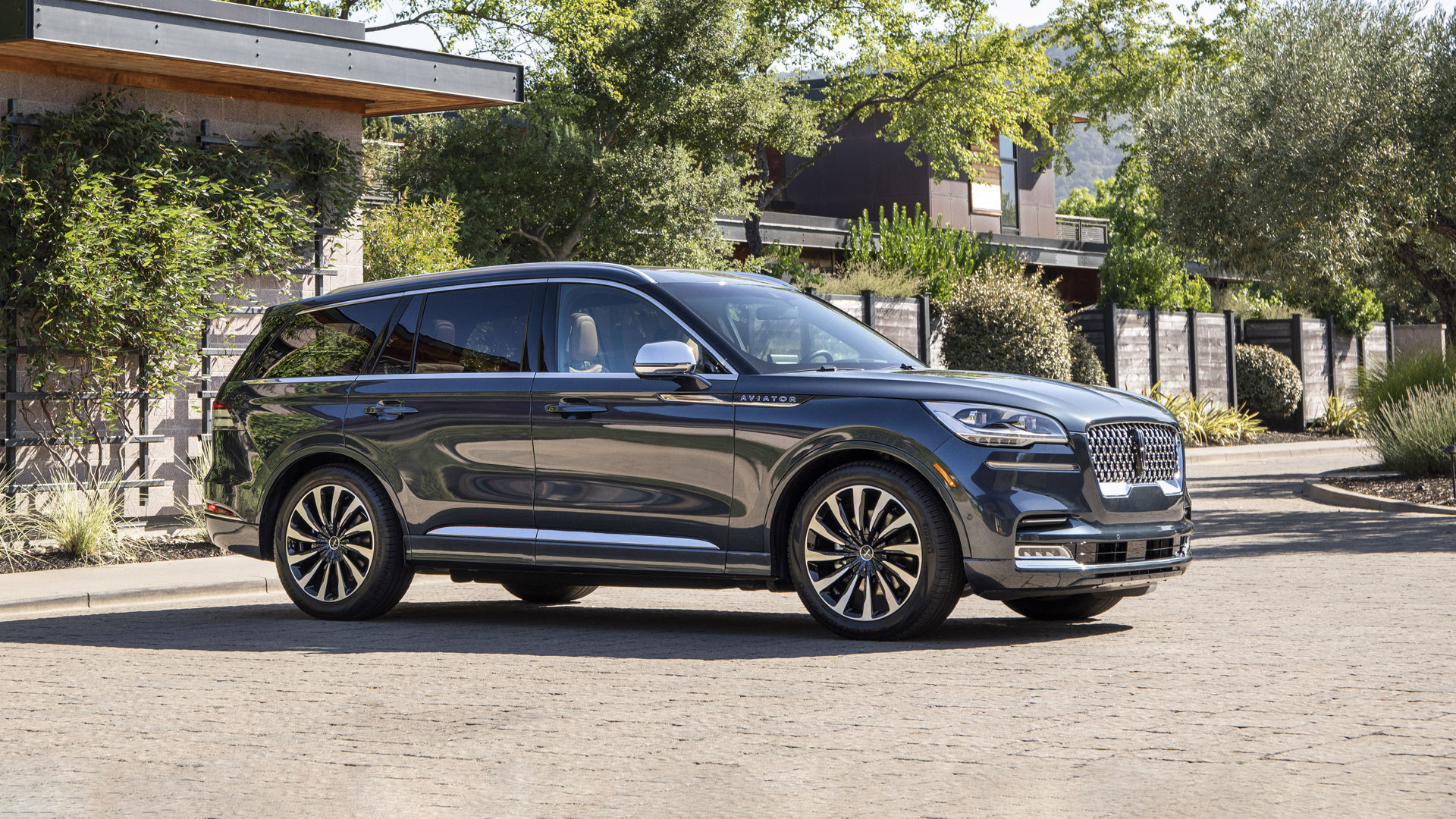
Lincoln Aviator
The all-new Lincoln Aviator is a midsize, three-row SUV that borrows design elements of the completely revised Navigator and helps further cement Lincoln’s return as a luxury brand. Though it’s based on the same architecture underpinning the Ford Explorer, the Aviator boasts sleek, sophisticated sheet metal and a well-appointed interior. Like the Navigator, the Aviator spoils front passengers with 30-way power-adjustable heated and ventilated seats, and provides adequate head- and legroom for those in the middle. The third row, however, is so cramped and awkward as to only be usable by very small children. Channelling its namesake, the Aviator features aircraft-inspired 12.3-inch digital instrumentation with polished aluminum trim. Available is Lincoln’s Co-Pilot360 driver’s assist system, with adaptive cruise control with stop-and-go function, evasive steer assist, reverse brake assist and active park assist. Lincoln is jumping on the smartphone-as-key wagon, and will allow the driver to lock and unlock the doors, raise the tailgate and even start the vehicle with their smartphone’s Lincoln Way app.
Power is produced by a twin-turbo V6, with its 400 hp and 415 lb ft of torque channelled via a 10-speed automatic transmission to the rear wheels. All-wheel-drive is optional. Coming soon is a new twin-turbo hybrid variant putting out 494 hp and 630 lb ft of torque. Like the bigger Navigator, the Aviator features multiple drive modes, and the available adaptive suspension lowers to aid in cargo loading, and uses a camera system to detect potholes or other road hazards and raises the vehicle’s suspension on the fly to avoid them. Prices range from $75,000 to $85,000.
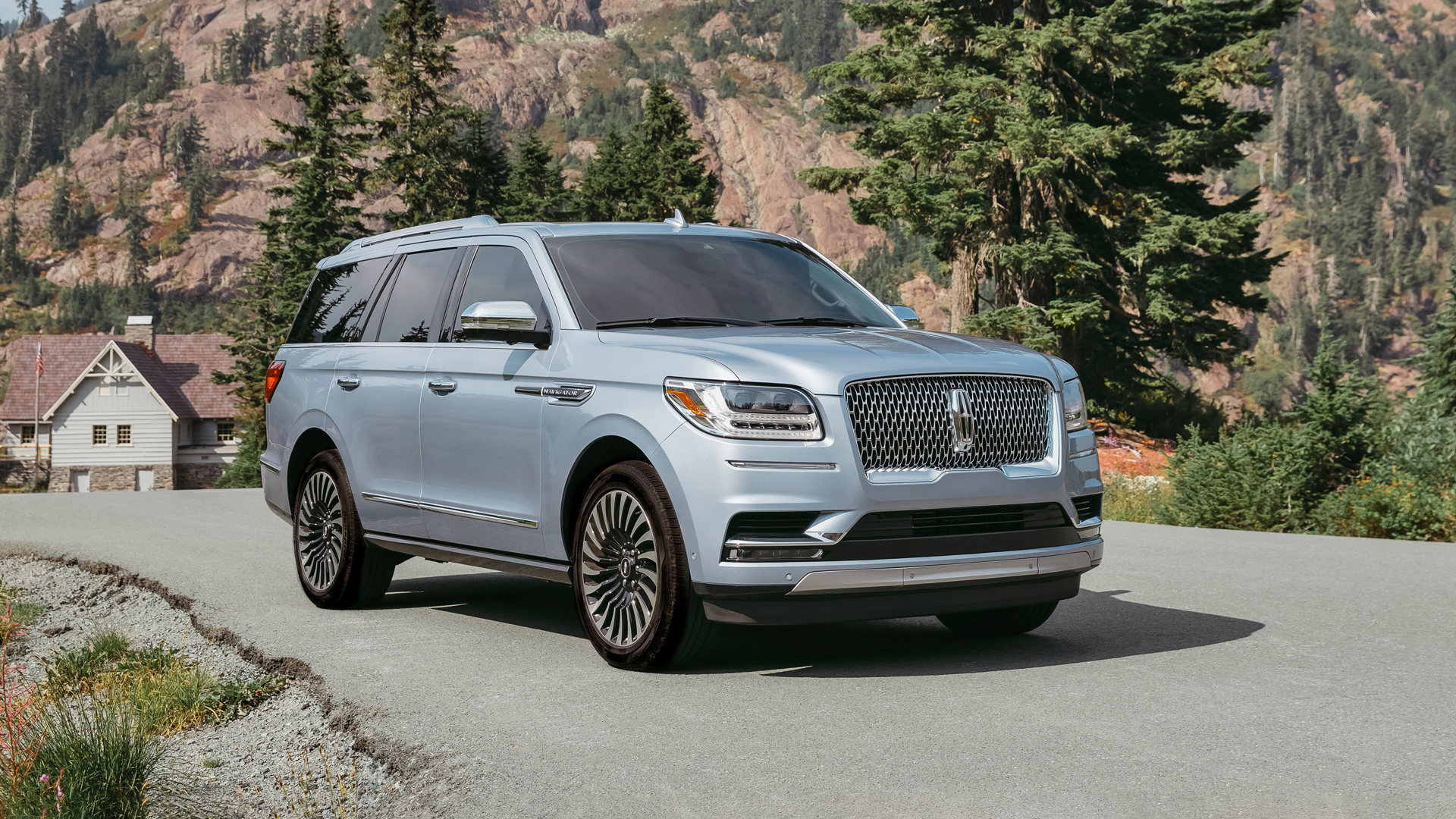
Lincoln Navigator
Lincoln’s full-size Navigator SUV fell out of favour in recent years, an aging relic in a field of overachieving newcomers. It was reborn last year with completely reimagined style that stays mostly true to the stunning concept car it was inspired by. Blocky but sleek, the Navigator rides on massive 22-inch multi-spoke rims and sports a bejewelled front fascia with a Bentley-esque wire grille. In a segment of oversized excess, the Navigator, at 17 feet long – it stretches to 18.5 feet in long wheelbase guise – and at almost 6,000 lbs, is absolutely massive. But the 3.5-litre twin-turbo V6 puts out 450 hp and, more importantly, 510 lb ft of torque, making the big SUV is surprisingly quick. Power is channelled through a 10-speed transmission to an all-wheel-drive system with selectable drive modes for varying types of terrain. The Navigator can tow up to 8,700 lbs and offers the automaker’s trick trailer assist technology to make maneuvering a breeze.
Inside, Lincoln lavishes passengers with 30-way adjustable heated and ventilated front seats, and even the third row can recline. Cargo space is impressive: 2,916 litres with the last two rows folded flat, or 3,398L for the long wheelbase. A thoughtful cargo management system can be configured to keep any load in place. Standard is a 10-inch touchscreen with Apple CarPlay and Android Auto, blind-spot monitoring, and Wi-Fi hotspot. Available are such high-tech niceties as wireless charging, lane-keeping assist and adaptive cruise control. Start throwing in options like the illuminated, power-deployed running boards and the Lincoln Navigator could easily cost well over $100,000, though pricing starts at $90,750.
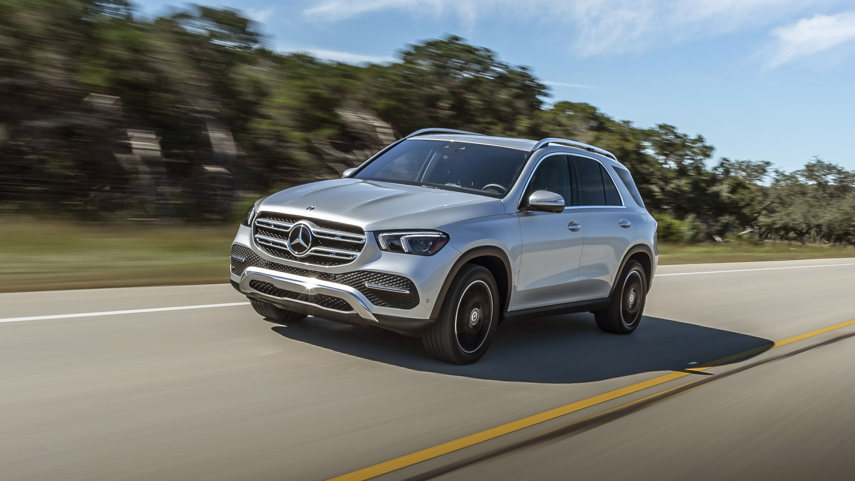
Mercedes-Benz GLE-Class
Originally named the M-Class when it debuted in 1997, the Mercedes-Benz GLE-Class was renamed in 2015, and recently underwent a complete makeover. It still retains its basic recognizable shape, but styling has been updated to produce sleeker, more aerodynamic surfaces in addition to a redesigned front fascia and grille, new LED head- and taillights, and new 21-inch rims. It’s slightly longer than the previous version to make room for the optional third row. In keeping with the expectations of the segment – not to mention popular trends – the GLE now boasts two 12.3-inch displays: one that replaces the traditional instrumentation with digital gauges, and the other accesses connectivity, entertainment, navigation and other vehicle functions with pinch and swipe functions. In addition to the Distronic Plus suite of semi-autonomous driving aids, Mercedes now offers an optional new E-Active Body Control suspension system with electronically controlled dampers that individually control each wheel, eliminating the need for a traditional anti-sway bar. Available only on the six-cylinder GLE 450, the E-Active Body Control tech also sandwiches an electric motor between the engine and nine-speed transmission, providing a mild hybrid system that produces 21 hp and 184 lb ft of temporary overboost. GLEs are powered by a 2.0L turbocharged four-cylinder (255hp/273 lb ft) or a 3.0L turbocharged I6 (362 hp/369 lb ft). Prices range from $66,245 to $74,245.
